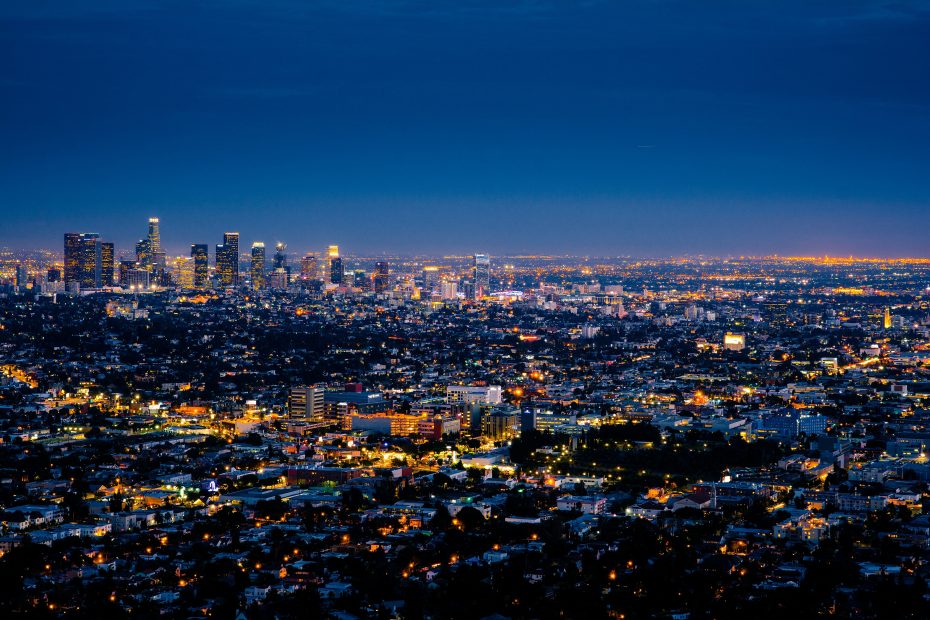Table of Contents
Introduction
Nestled in the heart of North Macedonia lies its vibrant capital, Skopje. With a fascinating history and eclectic mix of cultures, Skopje has plenty to offer visitors. From historic landmarks and Ottoman-influenced architecture to lively nightlife and outdoor adventures, Skopje provides an exciting European experience. Read on to learn more about what makes this city a must-see destination.
History and Culture
Origins and founding
Skopje has been inhabited since at least 4000 BC. Its strategic location between the Balkans and Aegean regions has made it an important crossroads for trade and travel over the centuries. Originally founded as the ancient city of Scupi, Skopje later became part of the Roman Empire. After the empire’s division, Skopje was ruled by the Byzantine Empire.
Ottoman rule
In 1392, Skopje fell under Ottoman rule and remained part of the Ottoman Empire for over 500 years. This period left a strong Islamic influence on the city’s culture and architecture. Numerous mosques, caravanserais, hamams, and other structures from this era still stand today.
20th century developments
Following the First Balkan War, Skopje became part of the Kingdom of Serbia in 1912. It later became the capital of the Socialist Republic of Macedonia within Yugoslavia. After Macedonia gained independence in 1991, Skopje was made the capital and has undergone many transformations and rebuilding projects, especially after a devastating earthquake in 1963.
Architecture and Landmarks
Stone Bridge
Built in the 15th century under Ottoman rule, this landmark bridge spans the Vardar River through the center of Skopje. With 14 arches, it connects Macedonia Square to the Old Bazaar.
Old Bazaar
One of the oldest and largest marketplaces in the Balkans, Skopje’s Old Bazaar still buzzes with activity. This historic Ottoman-era bazaar contains over 100 stores, craft workshops, mosques, and hammams all centered around the grand Sultan Murat Mosque.
Macedonia Square
This massive public square is the heart of modern Skopje. It contains extravagant neoclassical buildings, monuments of national heroes, and grand fountains. The scale and grandeur of Macedonia Square reflect the massive rebuilding project that’s transformed central Skopje since the 1960s.
Museums
Some top museums worth visiting are the Macedonia Archaeology Museum, Museum of the Macedonian Struggle, Museum of the City of Skopje, and Museum of Contemporary Art. These provide insight into Macedonian art, history, culture, and archaeology.
Food and Nightlife
Traditional cuisine
Skopje’s position along ancient trade routes has influenced its diverse cuisine. Iconic Macedonian foods include shopska salad, burek pastry stuffed with cheese and spinach, kebapi grilled meats, and tavče gravče baked beans. Baklava, lokum, and strong Turkish coffee are staples thanks to Ottoman influence.
Cafe culture
Sitting at a café people-watching is a favorite local pastime. Some top spots are Café Trend, Timeless, and Chardak, which all offer prime views of Macedonia Square, great coffee, and sweet treats.
Nightclubs and bars
At night, Skopje comes alive. The Old Bazaar transforms into a thriving nightlife district with cozy bars, live music, and nightclubs bumping dance music until dawn. Popular spots include Havana, Marakana, and Club Privilege.
Outdoor Activities
Hiking
Mount Vodno, the closest mountain to Skopje, offers wonderful hiking trails through forests and meadows with gorgeous city views. Other good hiking areas nearby are Matka Canyon and Skopska Crna Gora.
Matka Canyon
This scenic canyon along the Treska River is just outside Skopje. Visitors can rent boats, go kayaking, cliff dive, or explore the canyon’s caves and rock formations.
Vodno Mountain
Towering above Skopje, Mount Vodno has a popular gondola that takes visitors up to the Millennium Cross, a 66-meter high cross with spectacular views over the city.
Conclusion
Why to visit
With an alluring blend of historic charm and modern energy, Skopje is one of Europe’s most fascinating undiscovered capitals. Layers of ancient, Ottoman, Yugoslav, and contemporary Macedonian influences shape the city’s distinctive character. Skopje provides a perfect introduction to Macedonian heritage.
When to visit
The best times to visit Skopje are in spring and autumn when the weather is mild. Summers can get hot while winters are cold and snowy. Travel in shoulder seasons means you’ll avoid extreme heat or crowds and hotel prices are lower.
5 FAQs about Skopje
What is Skopje best known for?
As Macedonia’s capital and largest city, Skopje is best known for its eclectic mix of ancient, Ottoman, and modern architecture, lively cafe culture, and blend of Balkan and Mediterranean flavors.
How many days do you need in Skopje?
2-4 days is ideal to experience Skopje’s top sights at a comfortable pace. This gives you time to explore its museums, Old Bazaar, square, cafes, nightlife, and a half-day trip to Matka Canyon.
How do I get from Skopje to Ohrid?
Buses are the easiest way to travel from Skopje to Ohrid. The bus journey takes about 3 hours and offers scenic views of the Macedonian countryside.
What is there to do in Skopje at night?
The area around the Old Bazaar comes alive at night with lively bars, nightclubs, concerts, and street performers. Popular spots include Havana, Marakana, Old Town Brewery, and the riverside nightclubs.
What is the weather like in Skopje?
Skopje has very cold winters, hot summers, and pleasant springs and autumns. July and August average around 30°C while January averages 1°C. The best times to visit for mild weather are April-June and September-October.
